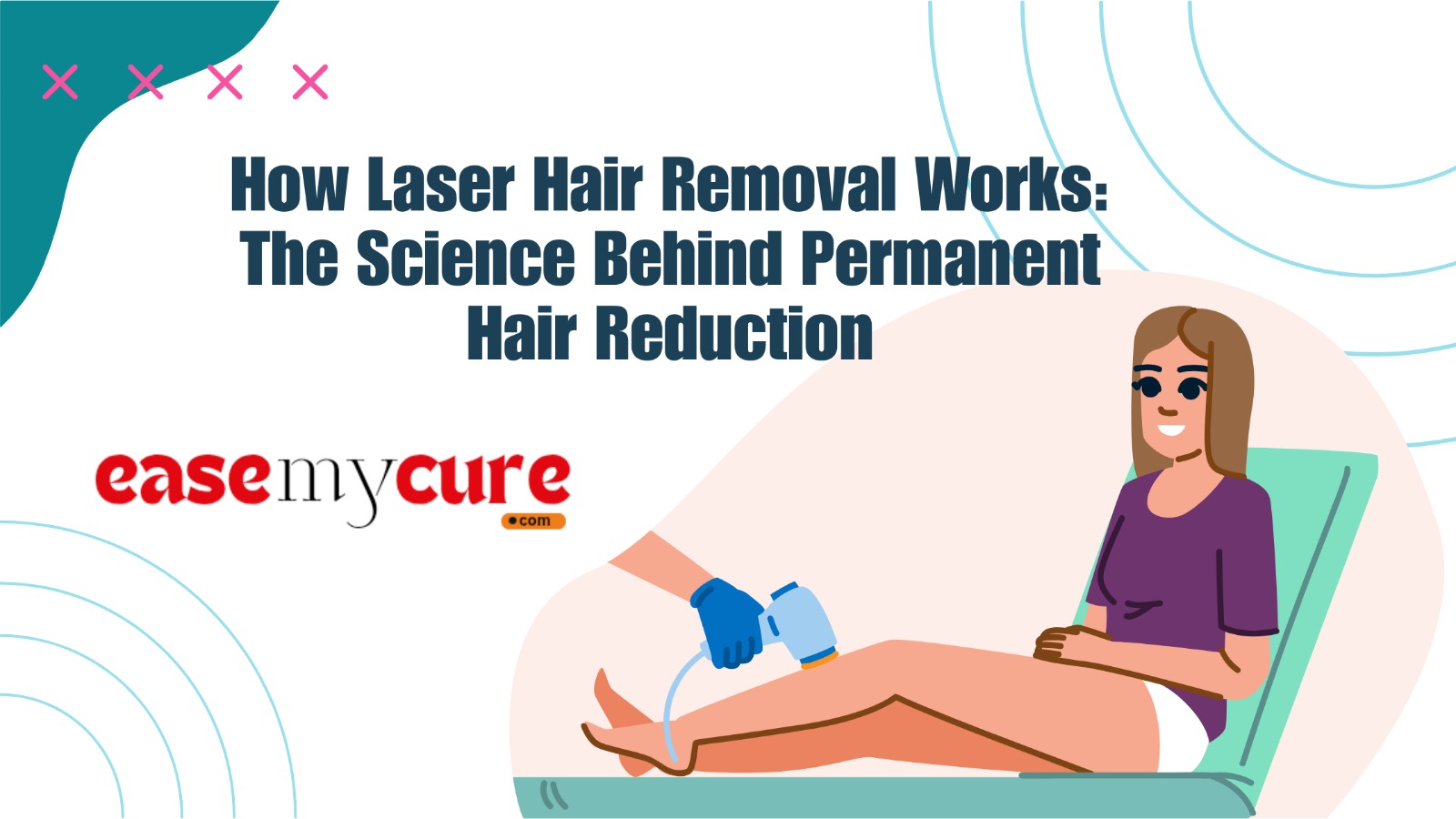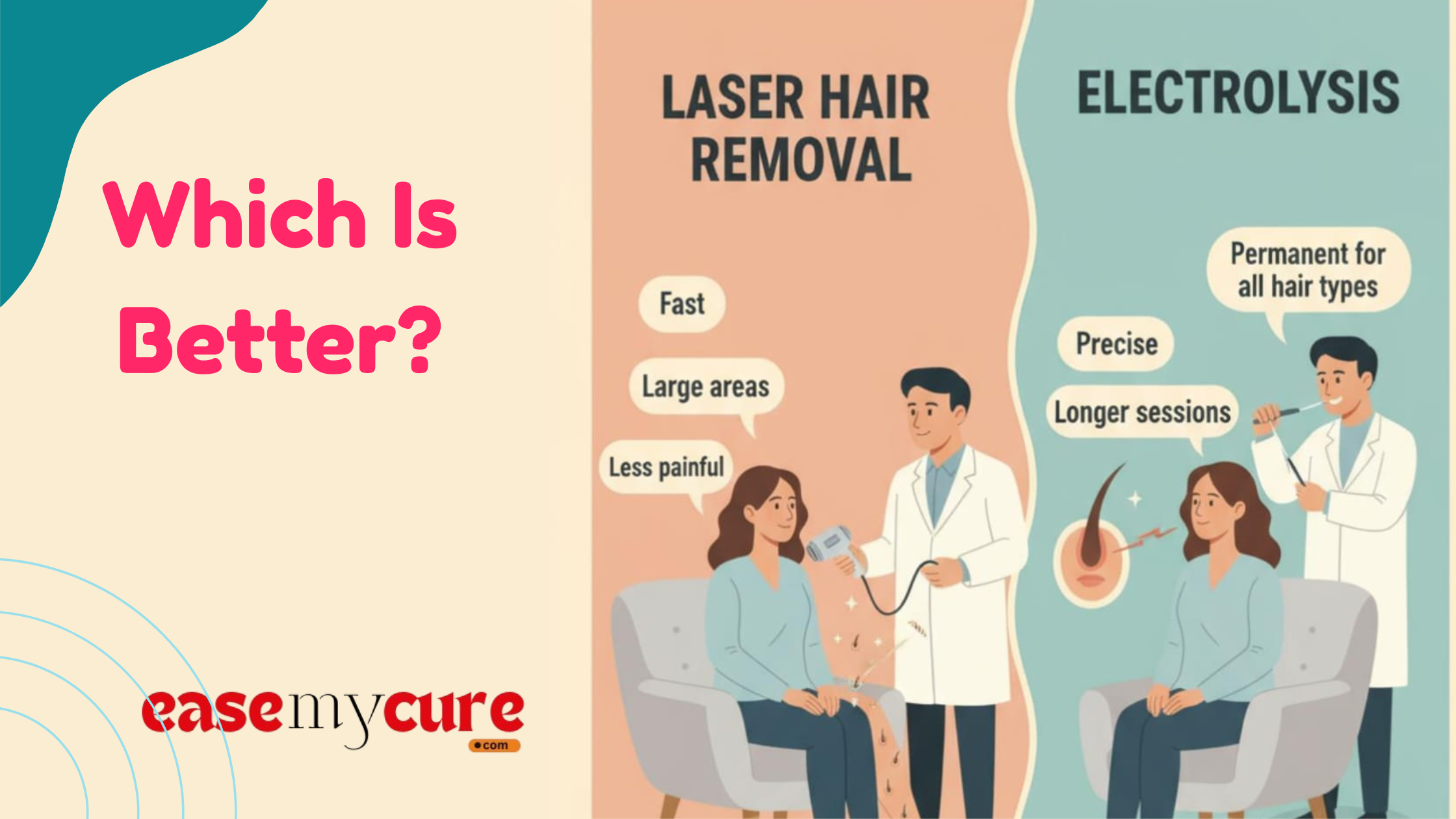Imagine never having to shave, wax, or pluck again. Laser hair removal brings you closer to that dream, offering smooth skin for months or even years. In India, the demand for this treatment is booming, with the market expected to grow from USD 25.8 million in 2022 to USD 120.8 million by 2030.
But how does it work? And what exactly happens during the laser hair removal process? This guide will walk you through the step-by-step laser hair removal treatment, explaining the science, the procedure, and what to expect before and after your sessions.






